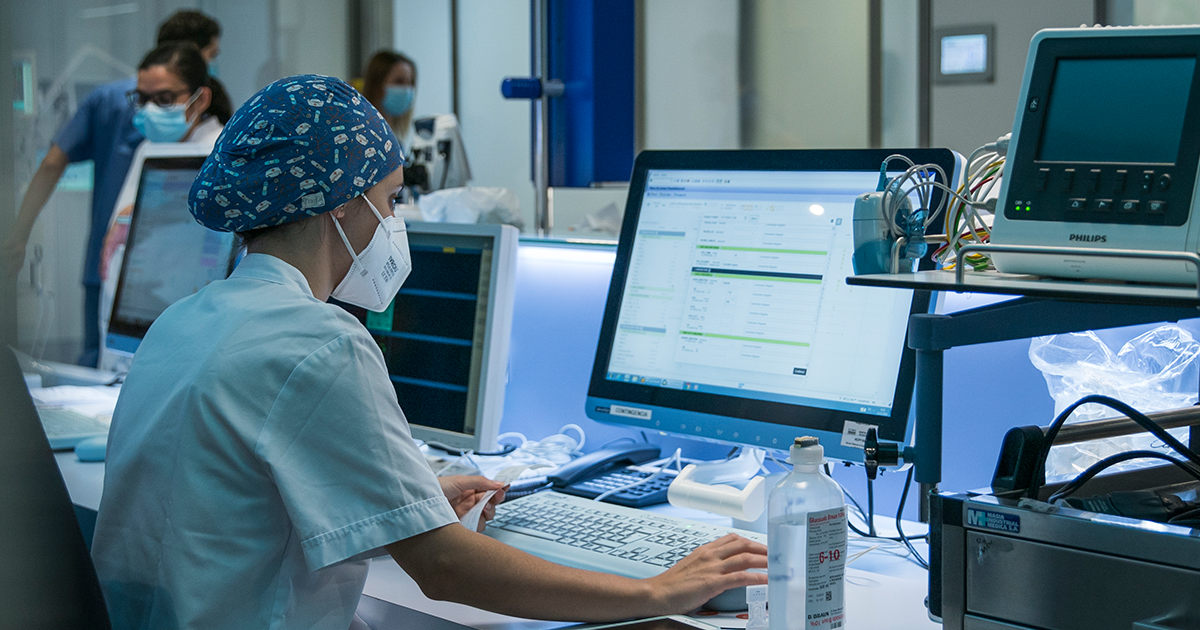In the evolving landscape of healthcare, hospitals stand as the bastions of healing, where innovative installations play a pivotal role in transforming patient care and medical practices. These installations, ranging from state-of-the-art technologies to ergonomic designs, form the backbone of a hospital’s infrastructure, enhancing efficiency, patient comfort, and Concentrateur d’oxygène outcomes.
Technological Advancements Redefining Patient Care
The integration of cutting-edge technology within hospital installations has revolutionized diagnostics, treatment, and overall patient experience. Advanced imaging equipment such as MRI and CT scanners provide detailed insights, enabling accurate diagnoses and personalized treatment plans. The implementation of telemedicine facilities has further bridged geographical gaps, allowing remote consultations and follow-ups, ensuring continuity of care.
Sustainable and Ergonomic Designs for Enhanced Comfort
Modern hospitals prioritize sustainability and patient comfort through thoughtful design elements and eco-friendly installations. Energy-efficient lighting, ventilation systems, and eco-conscious construction materials not only reduce the environmental impact but also contribute to a healthier and more soothing environment for patients and healthcare workers alike. Ergonomic furniture and infrastructure designs are crafted to optimize functionality while prioritizing patient comfort and accessibility.
Robotics and Automation: Precision in Healthcare Delivery
The infusion of robotics and automation has significantly transformed various hospital operations, augmenting precision and efficiency. From robotic-assisted surgeries that offer unparalleled accuracy to automated medication dispensing systems that minimize errors, these installations streamline processes and elevate the standard of care. AI-driven algorithms also aid in predictive analytics for better patient outcomes and resource management.
Integrating Patient-Centric Solutions
Installations in modern hospitals extend beyond medical equipment; they encompass a spectrum of patient-centric solutions. Digital patient portals and electronic health records not only centralize medical information but also empower patients to actively participate in their healthcare journey. Additionally, smart rooms equipped with interactive displays and personalized settings cater to individual patient needs, fostering a more engaging and comfortable hospital stay.
Challenges and the Road Ahead
Despite the remarkable advancements, the integration of installations in hospitals does pose challenges. Cost implications, interoperability of diverse technologies, and the need for continuous staff training to adapt to evolving systems are hurdles that healthcare institutions navigate. However, with strategic planning, investment in robust infrastructure, and collaborative partnerships with technology providers, hospitals can overcome these challenges to further enhance patient care.
Conclusion
The landscape of healthcare is continually evolving, with installations in hospitals playing a fundamental role in this transformation. From leveraging advanced technology for precise diagnostics to prioritizing patient comfort through sustainable design, these installations embody the commitment of healthcare institutions to provide optimal care.
